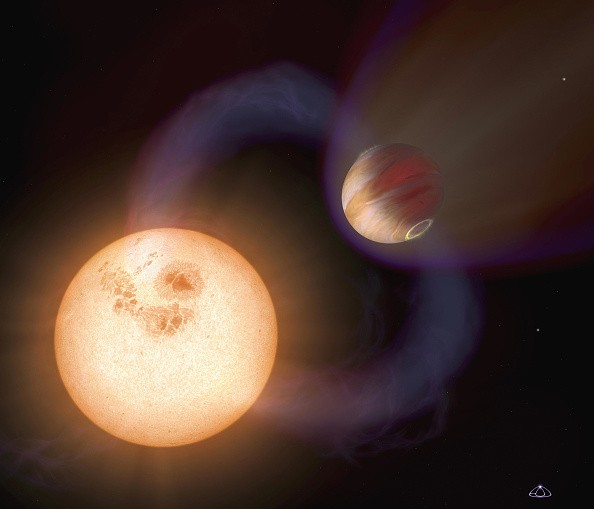NASA discovered a burning exoplanet that is too close to its host star. Because of its orbit position, this heavenly body continues to burn.

The National Aeronautics and Space Administration said they have already taken photos of the new super-Earth, and images are expected to arrive in the coming weeks, thanks to the advanced James Webb Space Telescope (JWST).
The so-called 55 Cancri e is an exoplanet that is 50 light-years away. It is orbiting a Sun-like star. However, unlike Earth-being 94 million miles (151 million km) from the sun-this new planet is only 1.5 million miles (2.4 million km) from its host star.
NASA Discovers Burning Exoplanet
According to Phys Org's latest report, 55 Cancri e is described by NASA as a hell-like exoplanet.

"With surface temperatures far above the melting point of typical rock-forming minerals, the day side of the planet is thought to be covered in oceans of lava," said the international space union.
NASA said that a year on this exoplanet is only equivalent to a few hours on Earth. Since it is so close to its host star, one of 55 Cancri e's hemispheres is locked facing the star.
Because of this, the exoplanet is divided into two parts that have very different temperatures. The one facing the sun-like host star is extremely hot, while the other side is extremely cold.
In the hot part, the oceans are boiling, rocks are melting, and clouds rain lava are pouring. All these happenings create a thin atmosphere that allows JWST to detect the exoplanet.
If you want to see further details about the harsh environment of 55 Cancri e, you can visit this link.
Another Earth-Like Exoplanet Discovered
While the new 55 Cancri e is too close to its own star, Japan's Subaru Telescope discovered another planet that is in the habitable zone of its host star.
Science Alert reported that Ross 508 is located 36.5 light-years away from Earth. This means that it is closer to the planet compared to 55 Cancri e.
Although it's the distance from its host star is just right, space experts said that Ross 508 still can't support life.
In March, Spitzer Space Telescope spotted the collision of two planets.
In 2021, space experts discovered an unusual exoplanet orbiting three stars.
For more news updates about exoplanets and other newly-discovered heavenly bodies outside the solar system, always keep your tabs open here at TechTimes.
Related Article : NASA TESS Satellite Discovers Hidden Exoplanets Within a New Planetary System: Some of Them Could Even Support Life!
This article is owned by TechTimes
Written by: Griffin Davis
ⓒ 2025 TECHTIMES.com All rights reserved. Do not reproduce without permission.

![Best iPads that Students Can Use in School [2025]](https://d.techtimes.com/en/full/461431/best-ipads-that-students-can-use-school-2025.jpg?w=184&h=103&f=516289300e12e9647ef3d5bd69f49b70)


